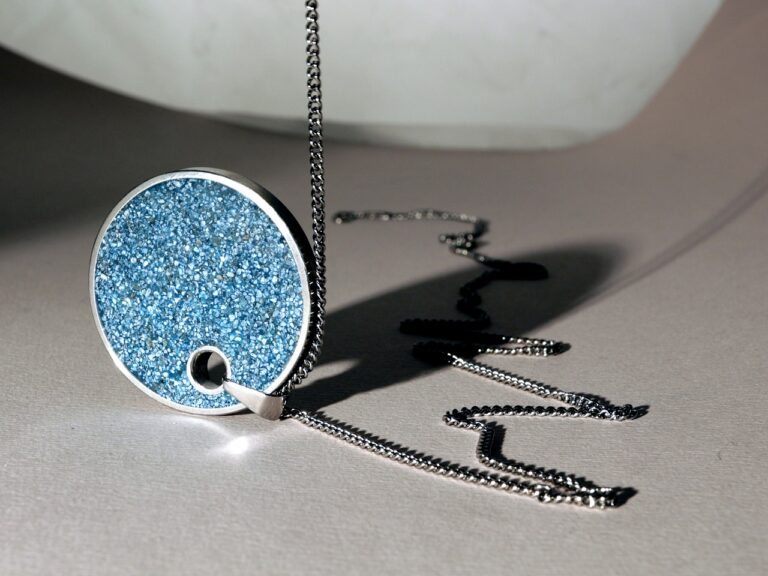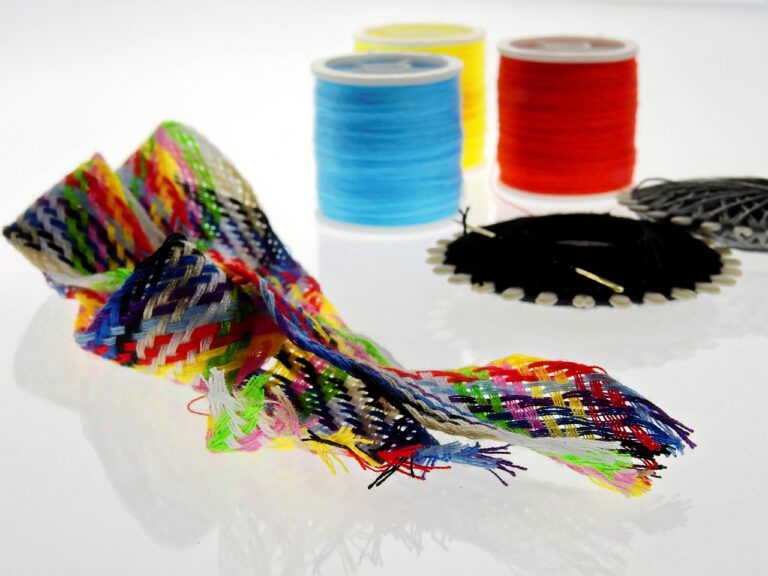Fashion and Architecture: How Buildings Influence Design Aesthetics
Architecture and fashion have long been intertwined, influencing each other in myriad ways. Both industries share a common goal of shaping human experiences through design, whether it be through the creation of buildings or clothing. The interplay between form, structure, and aesthetics in architecture mirrors the dynamics of silhouette, fabric, and style in the world of fashion.
Designers in both fields often draw inspiration from the other, with architectural elements frequently making their way into fashion collections and vice versa. The clean lines of a modern skyscraper may find echoes in a sleek tailored suit, while the intricate patterns of a historic building can inspire intricate embroidery on a couture gown. This constant cross-pollination of ideas and aesthetics highlights the intrinsic relationship between architecture and fashion, showcasing how creativity knows no bounds when it comes to creating innovative and captivating designs.
Historical Influences on Design Aesthetics
Architecture and fashion have both been heavily influenced by historical events and cultural movements. Throughout history, various architectural styles such as Gothic, Baroque, and Art Deco have inspired fashion designers to create collections that reflect the grandeur and intricacy of these architectural marvels. Similarly, fashion trends from different time periods, such as the structured silhouettes of the Victorian era or the minimalism of the Bauhaus movement, have influenced architectural design in terms of form, line, and proportion.
The evolution of design aesthetics in both architecture and fashion has been shaped by the socio-political landscapes of different eras. For example, the opulence and excess of the Rococo period in architecture were reflected in the elaborate costumes and flamboyant styles of fashion during the same time. Similarly, the industrial revolution led to a shift towards utilitarian and functional design aesthetics in both industries, with an emphasis on efficiency and simplicity. These historical influences continue to resonate in modern design, as architects and fashion designers draw inspiration from the past to create innovative and captivating works.
Materials and Textures in Both Industries
Architecture and fashion are two distinct industries that heavily rely on the use of materials and textures to convey their design aesthetics. In architecture, materials like concrete, steel, and glass are commonly used to create structures that are both functional and visually appealing. The varying textures of these materials can evoke different emotions and play a crucial role in shaping the overall look and feel of a building.
Similarly, in the world of fashion, designers often play with a wide range of materials and textures to bring their creative visions to life. Fabrics like silk, denim, and leather offer different textures that can be manipulated to create unique clothing pieces. The choice of materials and textures in fashion design can influence not only the tactile experience of wearing the garment but also the visual impact it has on the wearer and those around them.
How are materials and textures important in both architecture and fashion?
Materials and textures play a crucial role in both industries as they can greatly impact the overall design aesthetic and functionality of a structure or garment.
What are some common materials used in both architecture and fashion?
Some common materials used in both industries include fabrics like cotton, silk, and wool, as well as building materials such as wood, glass, and steel.
How do historical influences impact design aesthetics in architecture and fashion?
Historical influences can shape the design aesthetic in both industries by inspiring certain styles, patterns, and motifs that are incorporated into modern designs.
How do architects and fashion designers approach the selection of materials and textures in their work?
Architects and fashion designers carefully consider factors such as durability, sustainability, and visual appeal when selecting materials and textures for their projects.
Can you give examples of how materials and textures have been used in innovative ways in both architecture and fashion?
Sure! In architecture, materials like recycled glass and sustainable wood are being used to create eco-friendly structures, while in fashion, designers are experimenting with unconventional fabrics like recycled plastics and organic cotton to create unique garments.







